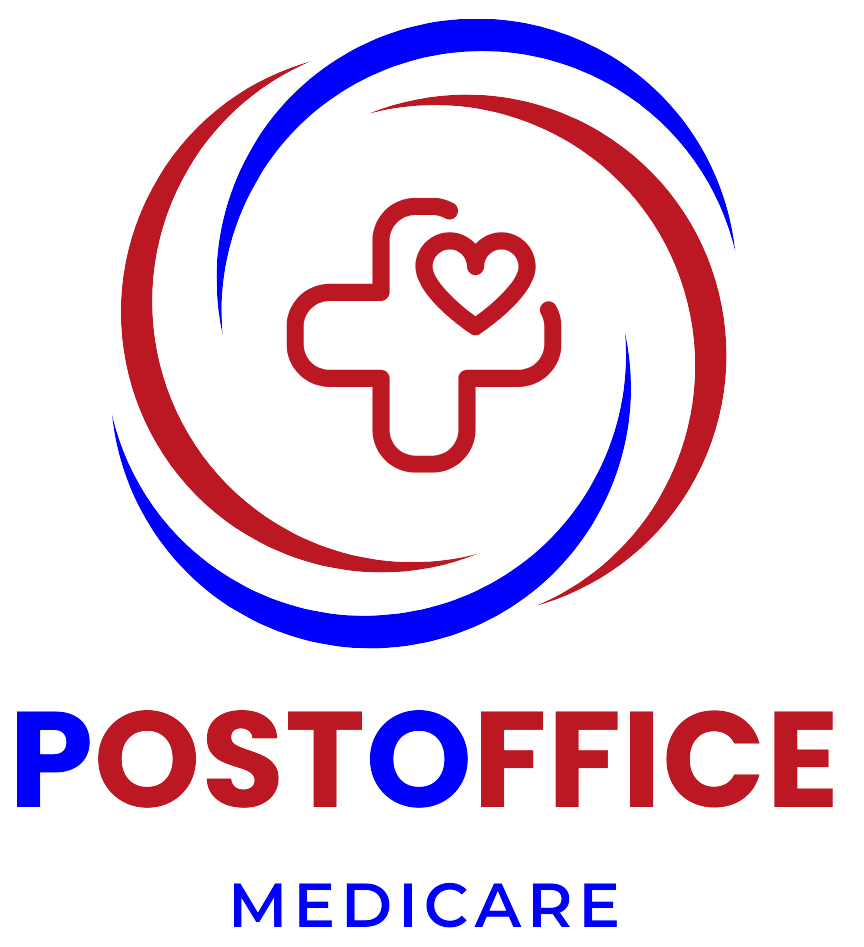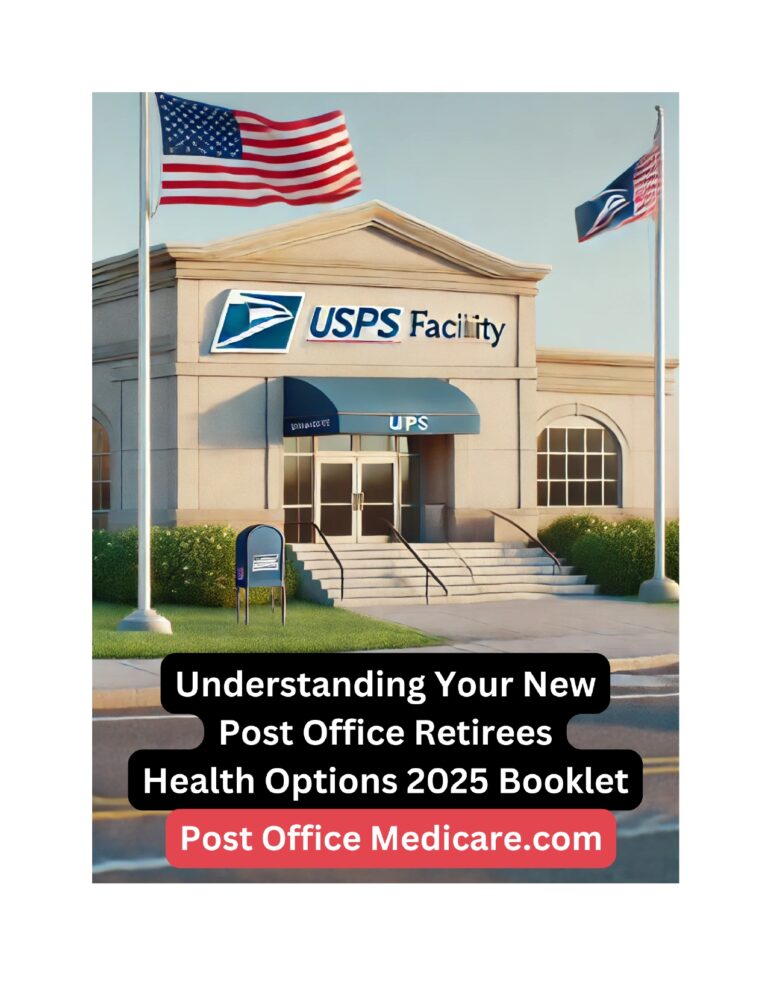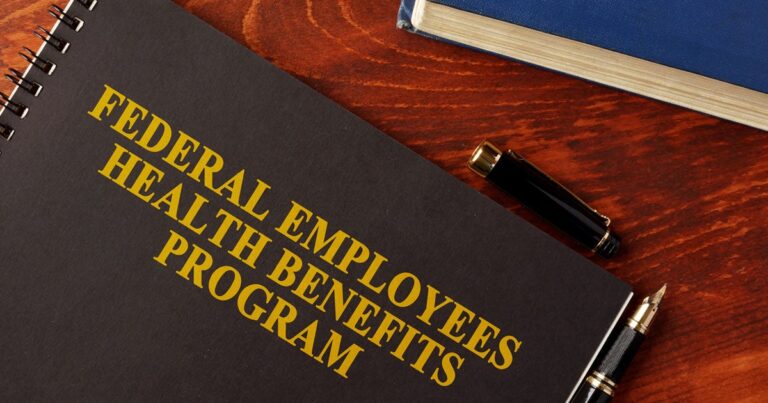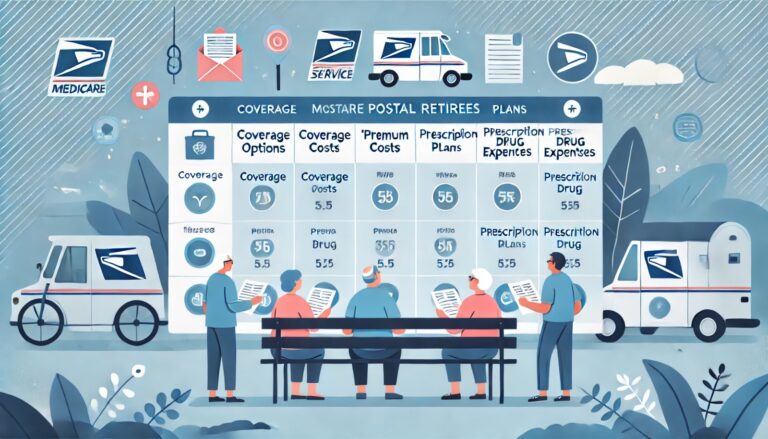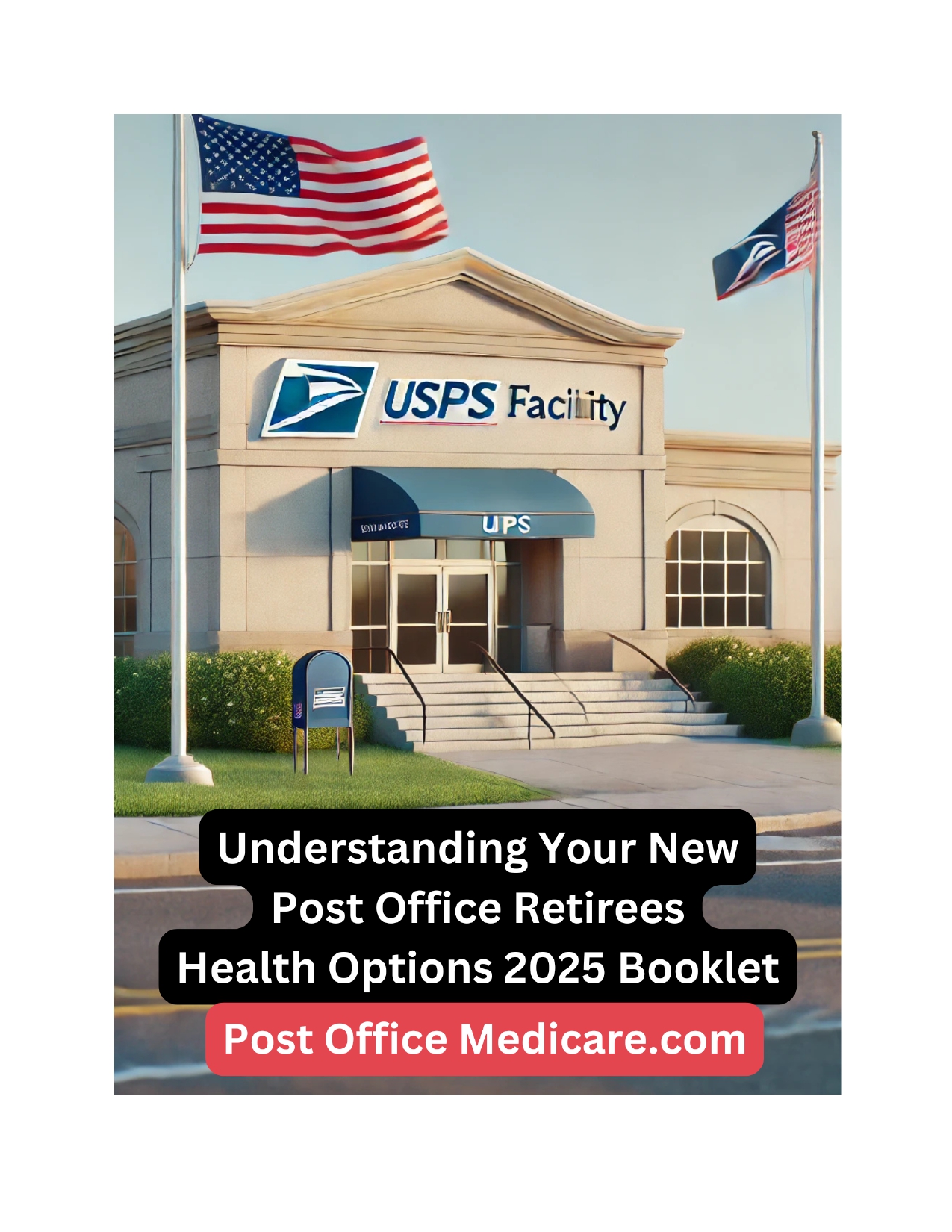Understanding Post Office Medicare: How It Works and Who Qualifies
Navigating Medicare can be complex, especially when it involves programs tailored for federal employees, such as Post Office Medicare. Whether you’re a retired postal worker or nearing retirement, understanding how this system works and its benefits is essential for making informed healthcare decisions.
In this guide, we’ll break down Post Office Medicare, its coverage, who qualifies, and how to maximize its benefits.
What Is Post Office Medicare?
Post Office Medicare refers to healthcare coverage specifically designed for retired postal service employees under federal guidelines. It combines traditional Medicare with additional benefits offered through the Federal Employees Health Benefits (FEHB) program.
This integration ensures retired postal workers have comprehensive healthcare options, covering hospitalization, outpatient services, prescription drugs, and more.
How Post Office Medicare Works
Post Office Medicare works by supplementing traditional Medicare (Parts A and B) with benefits from the FEHB program. Here’s how the two systems interact:
1. Medicare Part A (Hospital Insurance)
- Covers inpatient hospital stays, skilled nursing facility care, hospice, and some home health services.
- Premium-free for most postal retirees who have paid Medicare taxes for at least 10 years.
2. Medicare Part B (Medical Insurance)
- Covers doctor visits, outpatient care, preventive services, and some home health care.
- Requires a monthly premium based on income.
3. FEHB Program
- Acts as secondary insurance to Medicare.
- Covers costs that Medicare doesn’t, such as copayments, coinsurance, and additional services like dental and vision care.
- Retirees can choose from various FEHB plans based on their healthcare needs.
Key Point: Enrolling in both Medicare and FEHB ensures minimal out-of-pocket expenses and comprehensive coverage.
Who Qualifies for Post Office Medicare?
To qualify for Post Office Medicare, you need to meet specific criteria. Here’s a breakdown:
1. Employment Criteria
- Retired U.S. Postal Service (USPS) employees who qualify for Medicare.
- Must have been enrolled in the FEHB program during their employment.
2. Age Requirement
- Most retirees become eligible for Medicare at age 65.
- Exceptions include those qualifying earlier due to disabilities or certain health conditions.
3. Enrollment in Medicare
- You must enroll in Medicare Parts A and B to benefit from Post Office Medicare. FEHB remains optional but highly recommended.
4. Spouses and Dependents
- Spouses and eligible dependents of retired postal workers may also qualify for benefits under the FEHB program.
Why Is Post Office Medicare Beneficial?
Post Office Medicare offers several advantages for retired USPS employees:
1. Lower Out-of-Pocket Costs
By combining Medicare with FEHB, retirees can minimize copayments, deductibles, and coinsurance.
2. Comprehensive Coverage
FEHB plans often cover additional services not included in traditional Medicare, such as prescription drugs, dental, and vision care.
3. Flexibility in Plan Selection
Retirees can choose from various FEHB plans, tailoring their coverage to fit their healthcare needs and budget.
4. Peace of Mind
Having both Medicare and FEHB ensures robust coverage, especially for unexpected medical expenses.
How to Enroll in Post Office Medicare
Enrolling in Post Office Medicare involves several steps:
Step 1: Sign Up for Medicare
- When: Enroll during the Initial Enrollment Period (IEP) starting three months before your 65th birthday.
- How: Visit Medicare.gov or contact your local Social Security office.
Step 2: Maintain FEHB Enrollment
- Ensure continuous enrollment in FEHB during your employment and into retirement.
Step 3: Coordinate Benefits
- Contact your FEHB plan provider to coordinate Medicare and FEHB benefits for seamless coverage.
Step 4: Review Plan Options Annually
During the Federal Benefits Open Season, review your FEHB plan to ensure it aligns with your healthcare needs.
Common Questions About Post Office Medicare
1. Do I Need Both Medicare and FEHB?
While it’s not mandatory to have both, combining Medicare and FEHB provides better financial protection and coverage.
2. What Happens if I Delay Medicare Enrollment?
Delaying Medicare Part B enrollment without valid coverage may result in a late enrollment penalty.
3. Can I Drop FEHB and Rely Solely on Medicare?
While possible, this is generally not recommended. FEHB offers additional benefits that Medicare alone may not cover.
Maximizing the Benefits of Post Office Medicare
To get the most out of Post Office Medicare, follow these tips:
- Review Your Coverage Needs: Assess your healthcare needs annually to select the best FEHB plan.
- Understand Costs: Familiarize yourself with Medicare Part B premiums and FEHB plan premiums.
- Take Advantage of Preventive Services: Both Medicare and FEHB cover preventive services, such as annual check-ups and screenings.
- Stay Informed: Keep track of changes in Medicare and FEHB benefits to adapt your coverage accordingly.
Conclusion
Post Office Medicare is a vital healthcare option for retired USPS employees, offering a combination of Medicare and FEHB benefits. By understanding how the system works and ensuring timely enrollment, retirees can enjoy comprehensive, cost-effective healthcare coverage.
Whether you’re preparing for retirement or already retired, take the time to review your options and make informed decisions about your health insurance. With the right approach, Post Office Medicare can provide peace of mind and robust protection against medical expenses.
Read More Blog
Follow Us On:- Facebook
